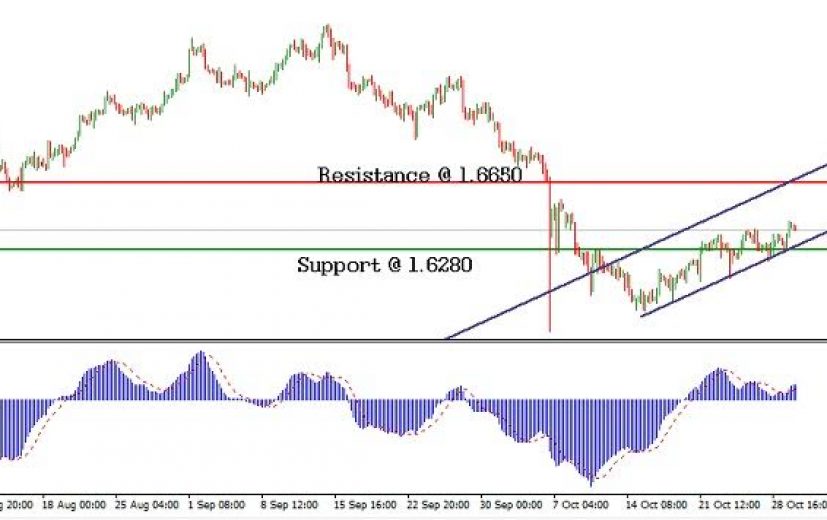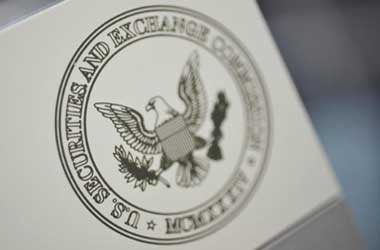 The 0.4% q-o-q contraction of the Canadian economy in the second-quarter ended June, the rise in the unemployment rate to 7% and lower than the anticipated inflation rate of 1.1% y-o-y in August had little negative effect on the Canadian dollar.
The 0.4% q-o-q contraction of the Canadian economy in the second-quarter ended June, the rise in the unemployment rate to 7% and lower than the anticipated inflation rate of 1.1% y-o-y in August had little negative effect on the Canadian dollar.
On the other hand, the 0.5% q-o-q GDP growth in the third-quarter, a steady unemployment rate of 4.9% in August and a 1% rise in the inflation rate in September had little positive effect on the Pound.
The main reason is that the Pound is driven by sentiment, while the Canadian dollar is highly correlated to crude price.
Considering this contradiction, we had suggested a short position in the GBP/CAD pair at 1.7450 levels on September 16, with a target price of 1.7230. We had also recommended a one touch put option trade to binary traders. The target was met in a matter of two weeks.
European Commission
In mid-October, the market started to believe that the hard-Brexit scenario is already priced in the exchange rate of the Sterling. This paved way for the strengthening of the Pound against the Canadian dollar. In a matter of two weeks, the GBP/CAD pair has risen to a high of 1.6435, from a low of 1.5937. The following factors make us believe that the uptrend in the GBP/CAD pair is far from completion.
The market has already seen and heard most of the negative news related to Brexit. Furthermore, the economy of the UK is doing far better than expected as evident from the Q3 economic growth. Thus, most analysts believe that the Bank of England will leave the interest rates unchanged during the monetary policy meeting to be held this week.
On the contrary, the Bank of Canada came close to the heels of slashing the benchmark interest rates, currently at 0.5%, during the meeting held on October 19. Considering the issues faced by the economy, the Central bank is expected to announce a rate cut or quantitative easing before the end of this year.
The government of Canada also failed to seal the free trade deal (CETA) with the European Union last week, though it has now been passed. The deal, which would boost trade by almost 20%, hit a roadblock when the federal government of Belgium opposed the bill as it was not supported by the country’s regional parliaments in Wallonia and Brussels. The delay has caused anxiety among investors as Canada is negotiating deals of a similar kind with India and China. Thus, based on the above details we are bullish on the GBP/CAD pair.
The GBP/CAD historic chart reveals a firm support at 1.6280. The pair is also moving along an ascending ladder. Furthermore, the positive reading of the MACD indicator reflects bullishness in the GBP/CAD pair.
So, a Forex trader should consider taking a long position in the GBP/CAD pair near 1.6440. A stop loss order can placed 150 pips below the entry level. The long position can be sold at about 1.6650, where the next major resistance exists.
A binary trader can create an equivalent setup by purchasing a one touch call option. To increase the probability of success, the target level for the call option should be less than 1.6600. Finally, the trader should also ensure that the call option remains valid until the end of November.





